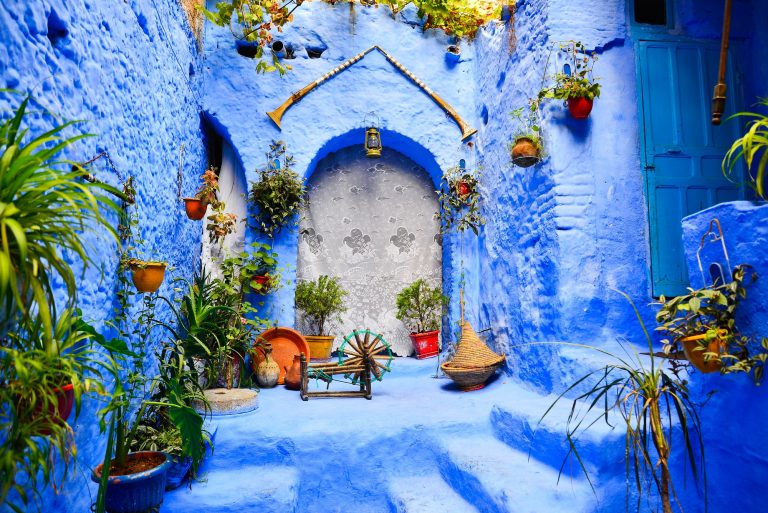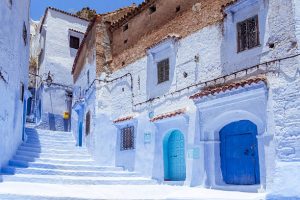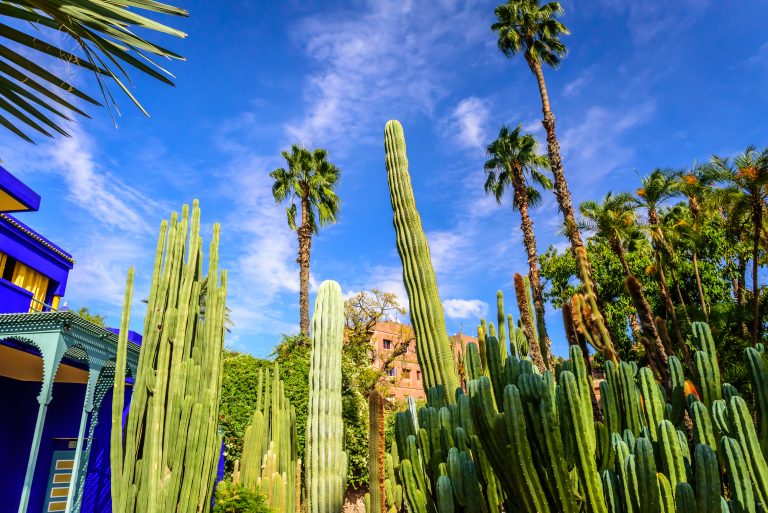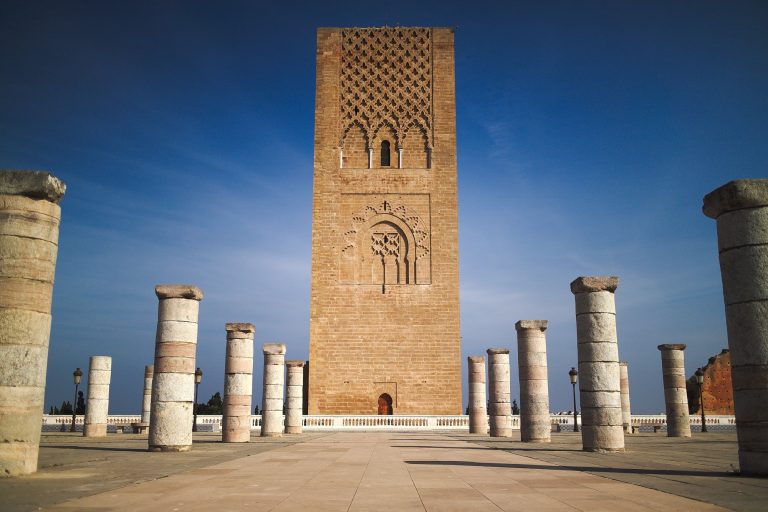History
Ancient history and settlement.
Chefchaouen, or Chaouen, is a city in the Rif Mountains of northwest Morocco. It’s known for the striking, blue-washed buildings of its old town. Leather and weaving workshops line its steep cobbled lanes. In the shady main square of Place Outa el Hammam is the red-walled Kasbah, a 15th-century fortress and dungeon, and Chefchouen Ethnographic Museum. The octagonal minaret of the Great Mosque rises nearby.
There are several theories as to why the walls were painted blue. One popular theory is that the blue keeps mosquitos away, another is that Jews introduced the blue when they took refuge from Hitler in the 1930s. The blue is said to symbolize the sky and heaven, and serve as a reminder to lead a spiritual life.


Geography
Ancient history and settlement.
Chefchaouen is a year-round destination. Peak season is summer (Jun–Aug), when cooler mountain temperatures and abundant water draw locals up from the coast. The mild months of spring (Mar–May) and fall (Sep–Nov) are popular for hiking. Winter (Dec–Feb) sees occasional snow. Ramadan (dates vary) may affect opening hours of restaurants and shops.


